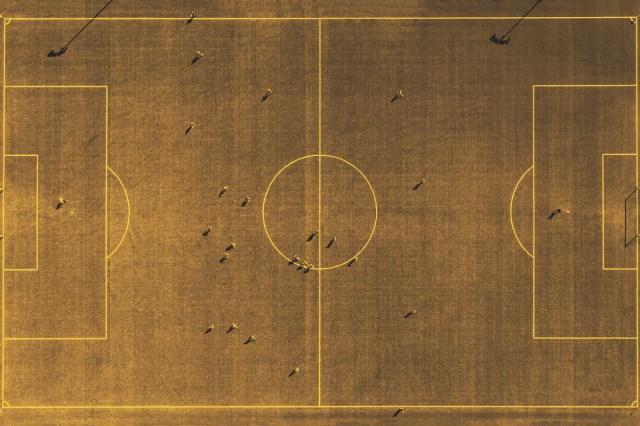
We’ve all been there — you try and try, but you fail and have to start over, “back to square one.” The phrase portrays the frustration of erased progress but also illustrates the determination to try again. So where is “square one”?
There are two main theories as to the origin of the phrase: British football (aka soccer) and board games, although both theories have their flaws. In 2007, the BBC wrote that the saying comes from the earliest live radio broadcast of a British football game in 1927. To help listeners picture the location of the ball during play, a grid of the football pitch (aka soccer field) was printed in the newspaper.
Radio commentators referenced those grid numbers during the broadcast, and “square one” was the rear left quadrant of the defender’s side of the field. That’s where the goalie would initiate a new play after an attack failed. Therefore, the ball and the players were “back at square one.”
The other theory is that “square one” is the starting point of the game Snakes and Ladders, which was inspired by an ancient Hindu game called Moksha Patamu and brought to Great Britain in the late 19th century. Americans might be more familiar with Chutes and Ladders, the version created by Milton Bradley in 1943. In the game, players roll dice and move across squares on the board, climbing ladders along the way. But a bad roll can lead to a snake or a chute, causing the player to fall back to where they started — square one.
In both the board game and the football game, “square one” was a literal location; now it is a metaphor for countless restarts. But it’s more than just starting again — “back to square one” is a state of mind. It suggests perseverance to start over and determination to not give up. You don’t go back to “square one” to take a nap. You go there when you intend to advance once again.

















